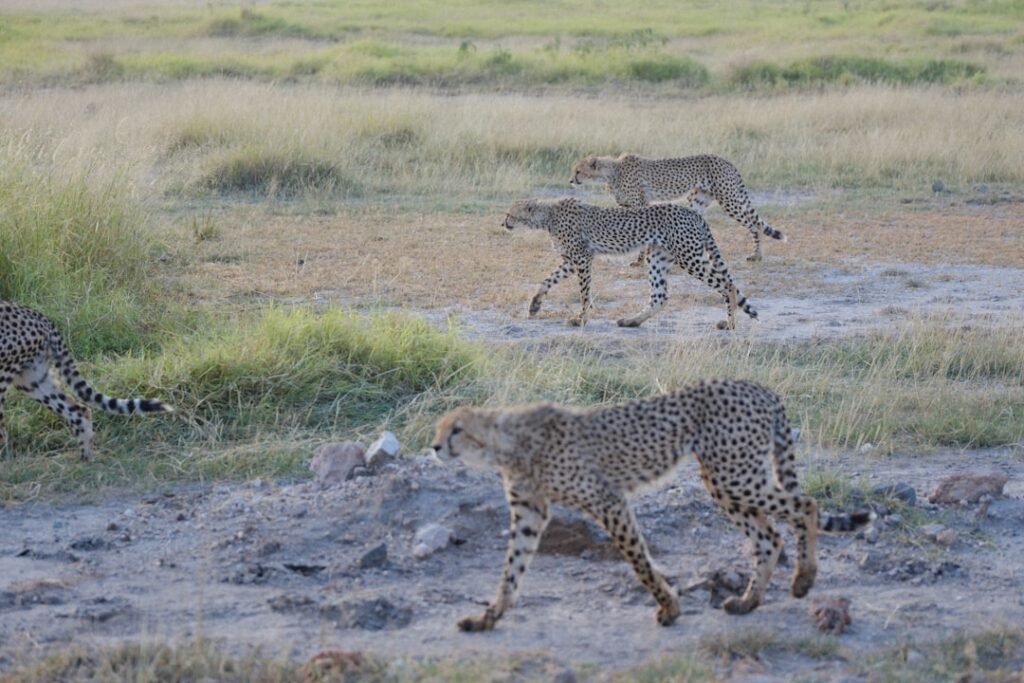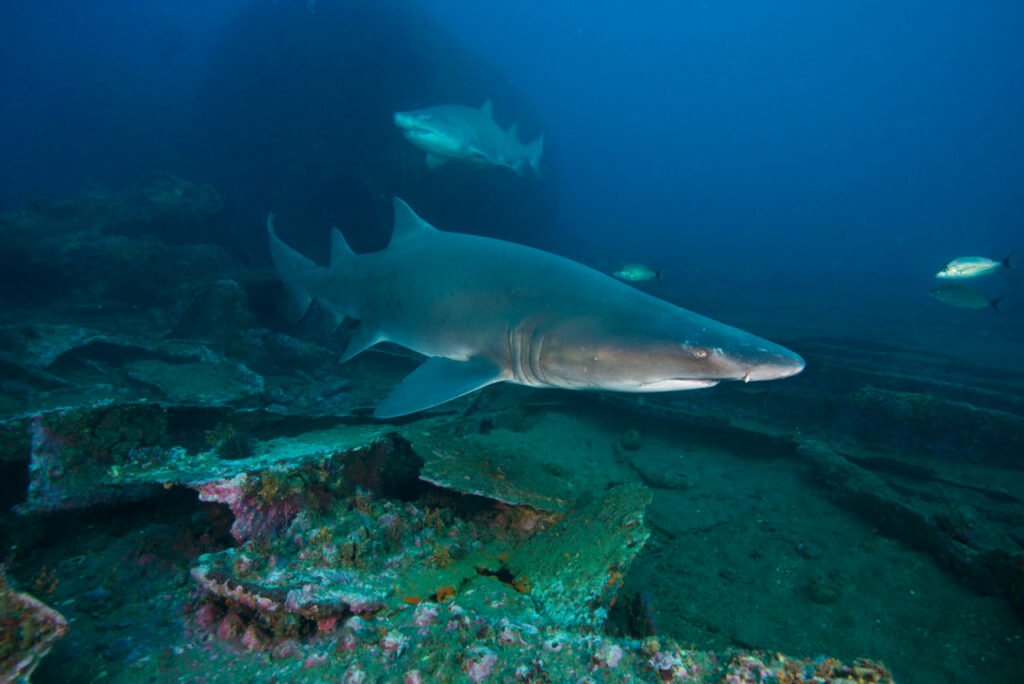You might think of cheetahs as the ultimate predators, built for speed and dominance across the African savannas. After all, these magnificent cats can reach speeds of 70 miles per hour and have captivated human imagination for thousands of years. However, beneath their powerful exterior lies a troubling reality that few people truly understand.
Globally, this species is considered Vulnerable in the IUCN Red List of Threatened Species, with a declining extant population of less than 7,000 individuals found primarily in the savannahs of Africa. The situation has become so dire that conservation experts estimate it is possibly five years before the point of no-return to maintain a viable wild cheetah population in many areas of its range. So let’s dive into the shocking reality of why these incredible cats are racing toward extinction.
The Devastating Population Collapse
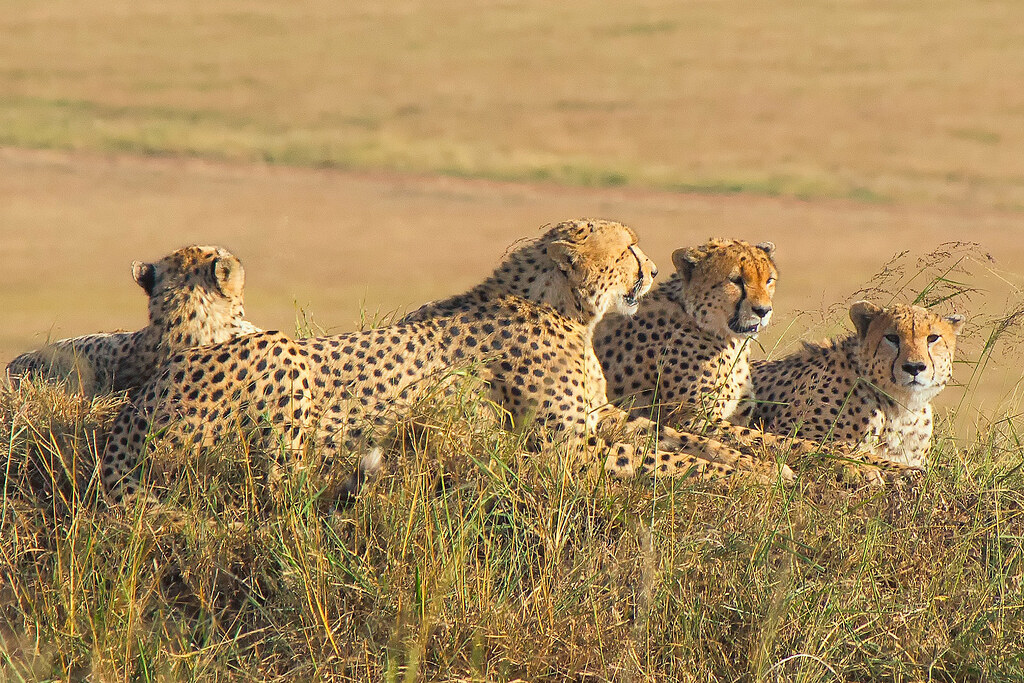
The numbers tell a heartbreaking story. About 6,500 mature individuals remain in the wild, according to the most recent IUCN assessment in 2021, and they continue to decline. This represents a catastrophic drop from historical levels.
At the turn of the 20th century, more than 100,000 cheetahs are estimated to have been living in Africa, the Middle East, and elsewhere in Asia. Today’s population is a mere fraction of what once roamed across vast territories. The global population is estimated at roughly 7,100 individuals and confined to 9% of its historical distributional range.
A Historic Range Reduced to Fragments
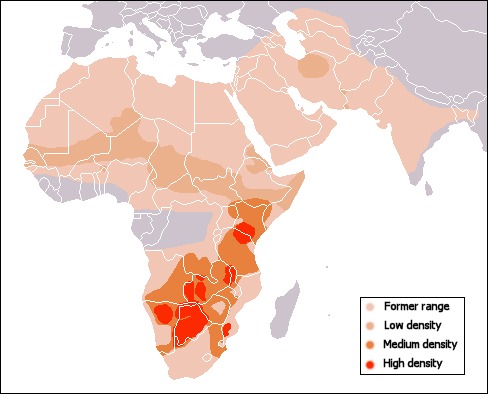
Cheetahs once dominated landscapes across multiple continents. Once found throughout Africa and Asia, cheetahs now inhabit around 10% of their historic range. In the past century, cheetah have been reduced to only 9% of their original range.
The most heartbreaking example is the Asiatic cheetah. Its population in Iran is reportedly at fewer than 20 individuals, and the cheetah had all but disappeared in India, though efforts to reintroduce them into the wild yielded mixed results. In December 2017, fewer than 50 individuals were thought to be remaining in three subpopulations that are scattered over 140,000 km² in Iran’s central plateau.
The Genetic Disaster Hidden in Their DNA
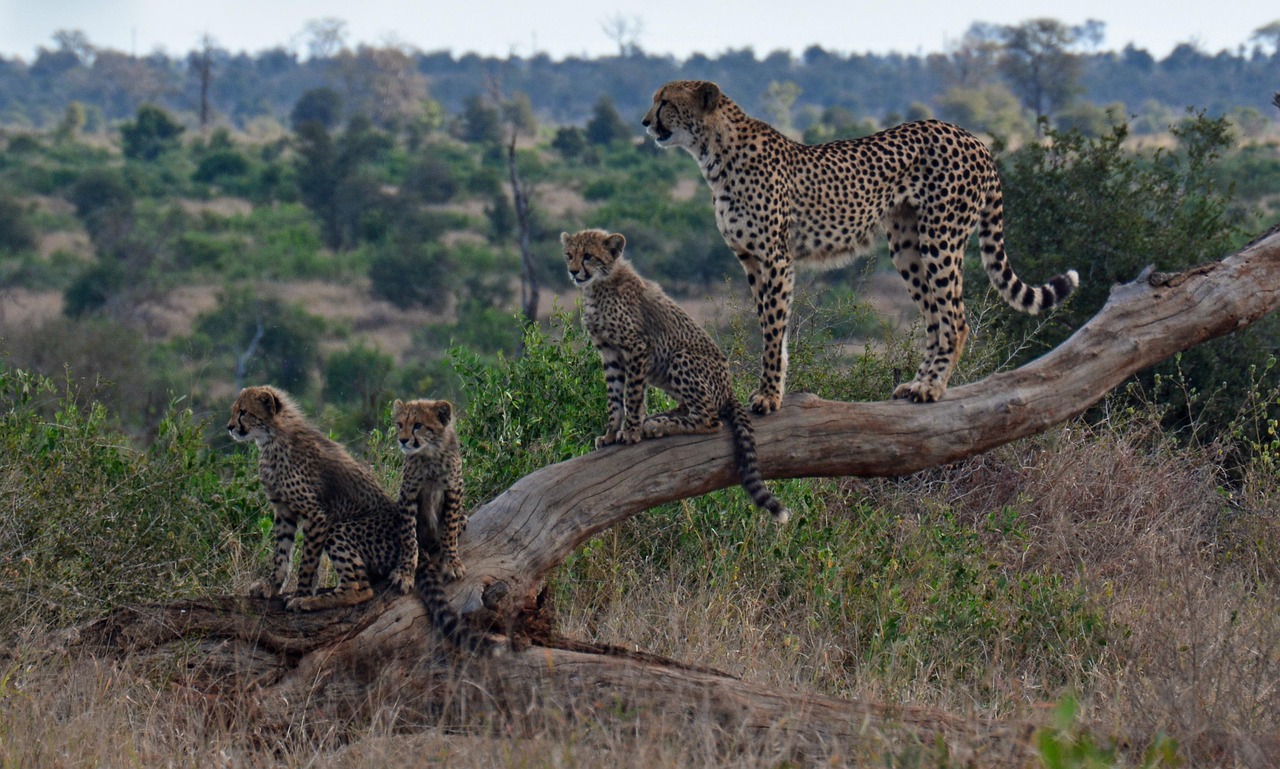
Perhaps the most shocking threat to cheetahs comes from within their own genetic code. Cheetahs have staggeringly poor genetic diversity. Research suggests this lack of genetic variation is tied to a population bottleneck that nearly wiped the species off the planet some 12,000 years ago.
Cheetah genomes typically exceed 90 percent homozygosity. To put this in perspective, cheetahs retain only 0.1–4% of overall genetic variation seen in most living species, much lower than other well-known examples of genetic impoverishment including Tasmanian devils, Virunga gorillas, Amur tigers, and even highly inbred domestic cats and dogs. This genetic uniformity makes them extremely vulnerable to diseases and environmental changes.
The Massive Territory Problem
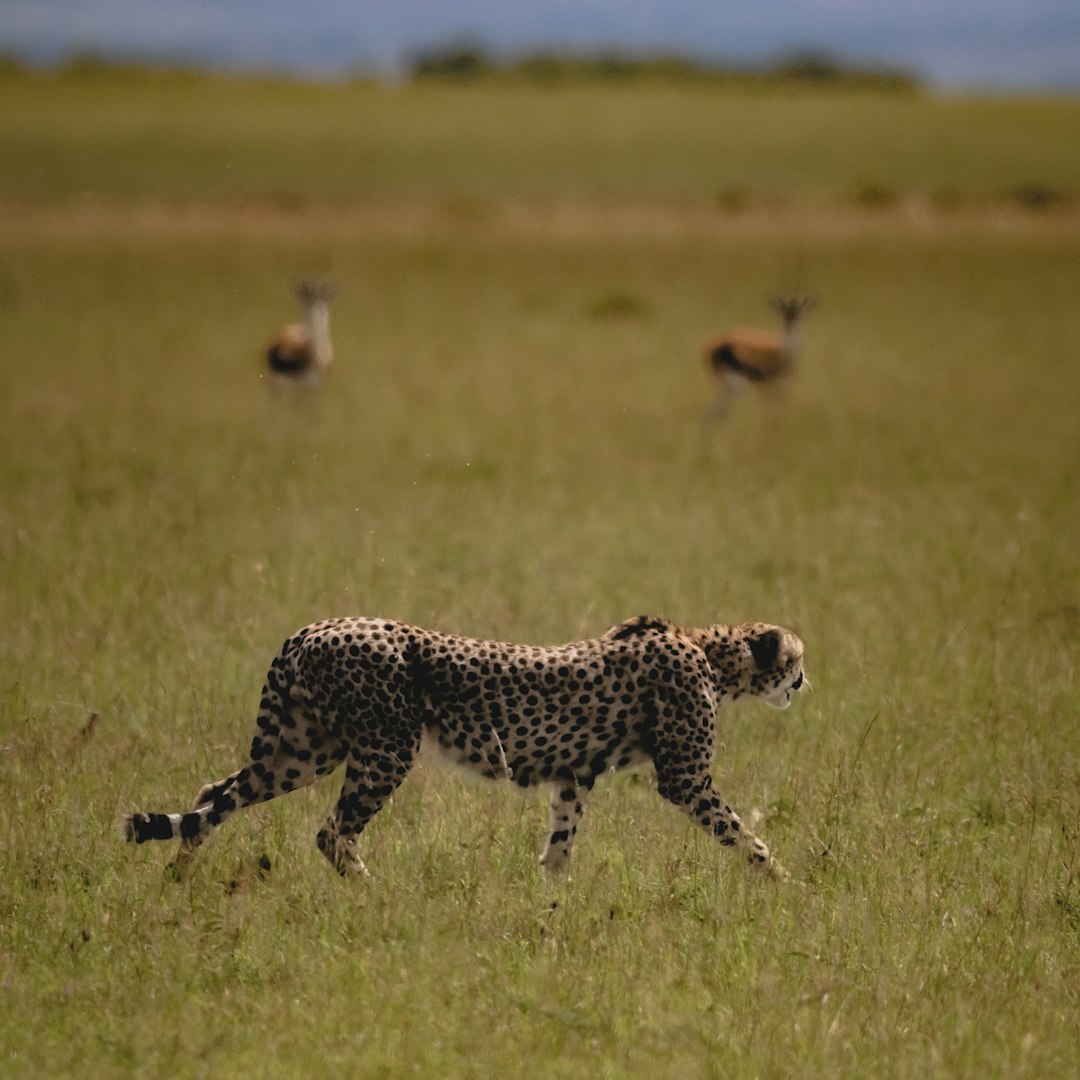
Cheetahs face unique challenges that other big cats don’t experience. Considering it’s the fastest land animal in the world, one cheetah alone needs a considerable amount of territory to roam. Individuals are so spread out, with a population density of about two per 100 square kilometers, making them even more sensitive to environmental changes.
They require much larger areas of land to survive than other carnivore species due to their low population density and large home ranges. As a result, they are commonly impacted by human expansion, which forces cheetahs and other big cats to move through human-dominated areas to disperse and find prey and water. However, the majority of current range (77%) occurs outside of protected areas, where the species faces multiple threats.
Human-Wildlife Conflict and Retaliatory Killings

A significant threat to cheetah populations is human-wildlife conflict. When wild prey is scarce and livestock protection measures are inadequate, cheetahs may resort to preying on domestic animals. Consequently, retaliatory killings by farmers constitute a major threat to cheetah survival.
The situation becomes even more complex when you consider their hunting patterns. Additionally, their crepuscular hunting patterns – meaning they are active during dawn and dusk – increase their visibility in human-dominated areas, often leading to misattribution of livestock losses. This misunderstanding often results in cheetahs being blamed for kills they didn’t make.
The Horrific Illegal Pet Trade
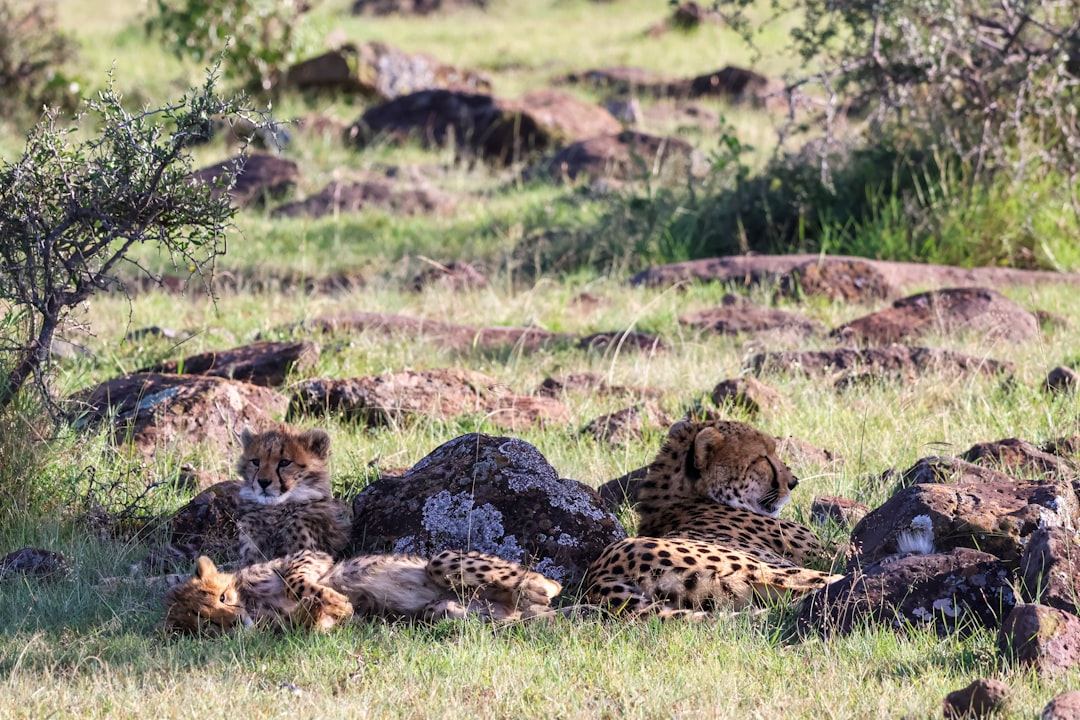
One of the most disturbing threats comes from an unexpected source: the desire to own exotic pets. In the past few years, an estimated 300 cheetah cubs have been taken from the wild each year, to be illegally sold as pets in the Middle East. Sadly, most of the cubs do not survive the journey.
Less than 25% of these captured cheetah survive to the buyers. Those that do survive are often in poor health, with fractured bones, infections and malnutrition. Of those that are sold, the average lifespan is only 5 years of age, and most die due to causes related to stress and malnutrition. The cubs can ultimately sell for as much as $50,000 apiece, according to Tricorache, and are usually mixed in with other contraband trafficked on small boats across the Gulf of Aden to Yemen.
Climate Change Destroying Their World
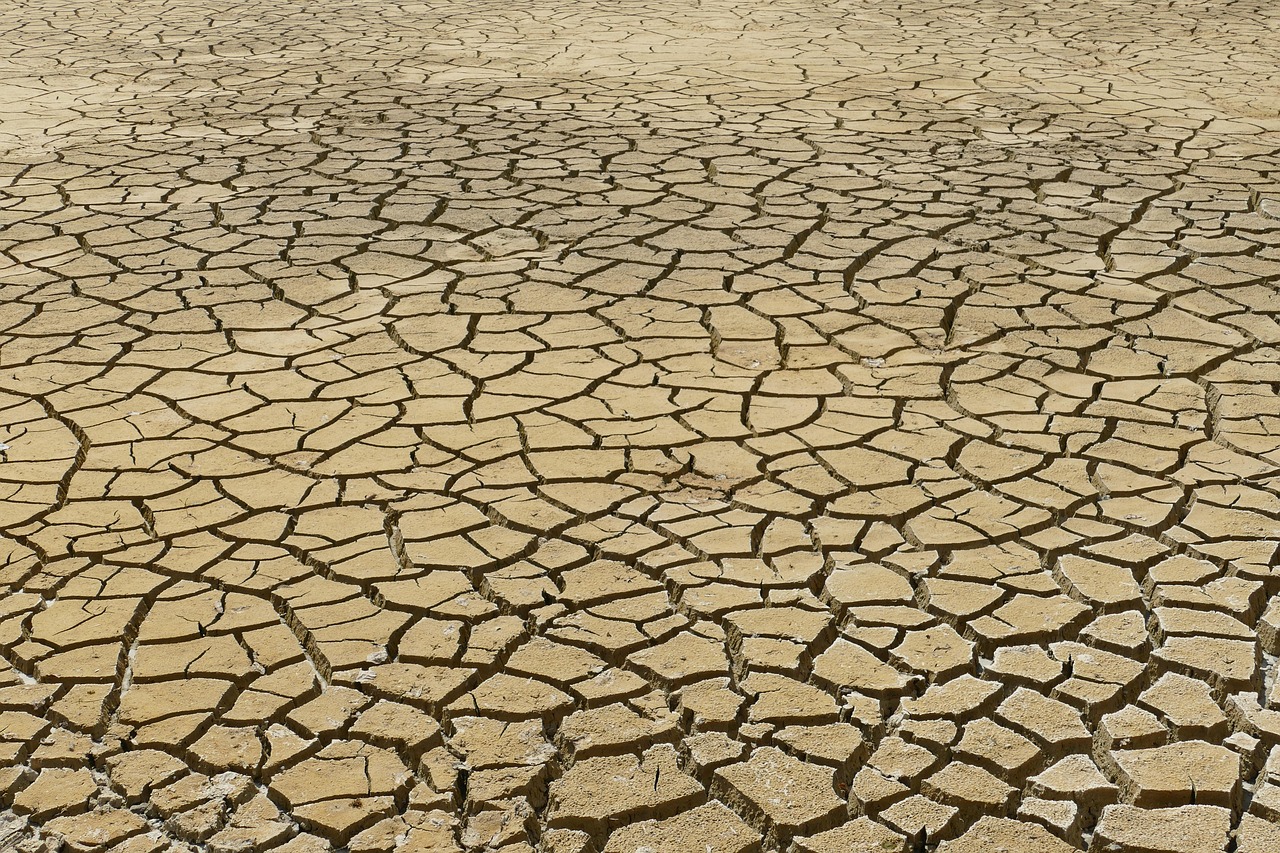
Climate change is another contributing factor to habitat loss, with drastic changes such as drought making prey scarce and areas uninhabitable. The effects extend beyond just environmental changes.
The impact of climate change on agriculture and livelihood exacerbates the situation further. The impact of climate change on agriculture and livelihood exacerbates the situation further. As weather patterns shift and become more unpredictable, traditional farming and livestock practices become more challenging, often leading to increased conflicts between humans and wildlife.
Habitat Loss and Fragmentation Crisis
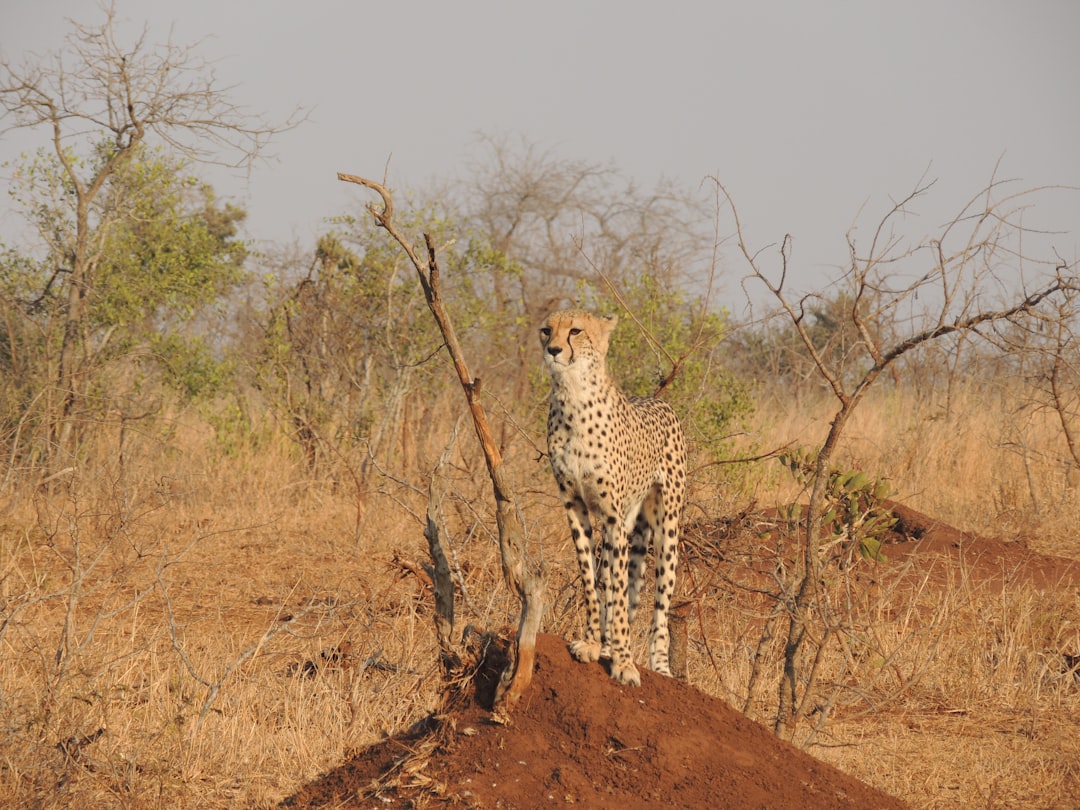
Loss of territory – and with it, prey, water, and habitat – from human interventions and climate change disrupting species movement is a major blow to wild cheetahs. The fragmentation of their habitat creates isolated populations that struggle to maintain genetic diversity.
In the following years, cheetah populations across the region have become smaller and more fragmented as their natural habitat has been modified dramatically. With 76% of its range consisting of unprotected land, the cheetah is often targeted by farmers and pastoralists who attempt to protect their livestock, especially in Namibia.
Disease Vulnerability and Low Immunity

The cheetah’s genetic bottleneck has created serious health vulnerabilities. The reduced genetic variability makes cheetahs more vulnerable to diseases; however, the threat posed by infectious diseases may be minor, given the low population densities and hence a reduced chance of infection.
However, this protection may not last. Experts believe cheetahs may also suffer from infectious diseases spread by domestic cats. Their compromised immune system, resulting from thousands of years of inbreeding, leaves them especially vulnerable to new pathogens that other big cats might survive.
Conservation Efforts Racing Against Time
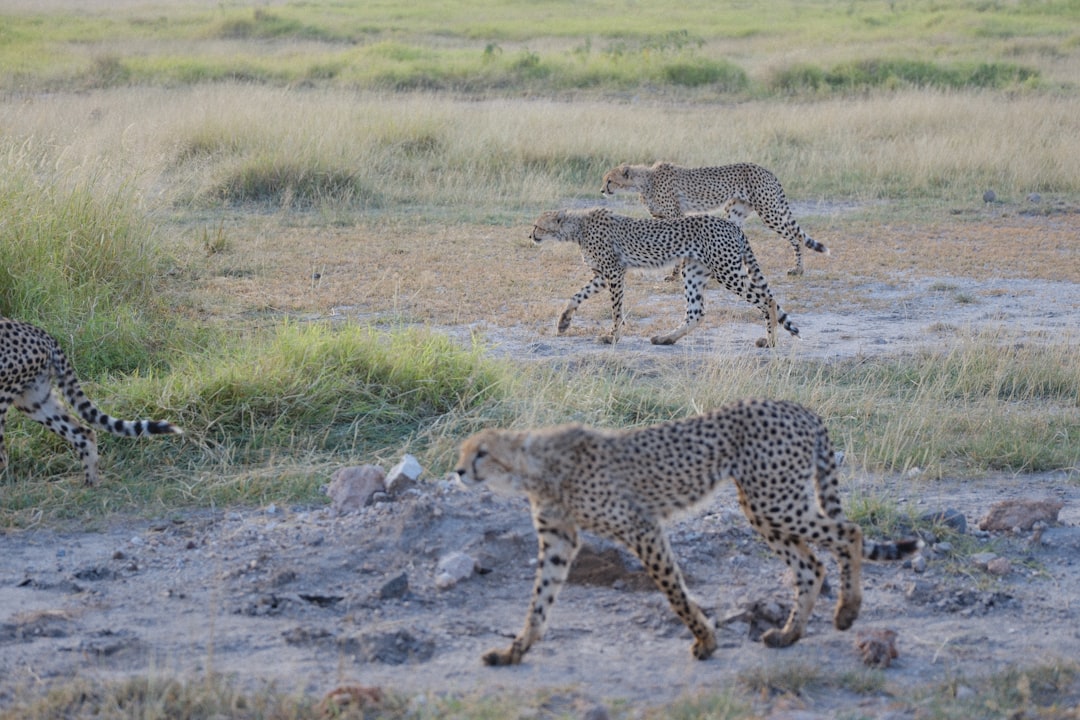
Despite the overwhelming challenges, dedicated conservationists are fighting to save these remarkable cats. The Serengeti Project through the Cheetah Conservation Initiative is the longest-running project on cheetahs thus far, documenting yearly sightings and population numbers. Zoos worldwide are working on more effective breeding programs to increase the genetic diversity among cheetahs. Education and outreach programs raise public awareness of the cheetah’s vulnerability.
WWF is working to protect and secure critical corridors and habitat in the Southern Kenya–Northern Tanzania transboundary area and the Kavango Zambezi Transfrontier Conservation Area (KAZA) in southern Africa, which is home to 15% of the world’s cheetahs. Yet these efforts face enormous challenges given the scope of the threats.
The future of cheetahs hangs by the thinnest of threads. With fewer than 7,000 individuals remaining in increasingly fragmented habitats, facing threats from genetic bottlenecks to illegal trafficking, these magnificent speedsters are running out of time. The convergence of ancient genetic problems with modern human pressures has created a perfect storm that could spell extinction for the world’s fastest land mammal within our lifetime.
What strikes you most about the cheetah’s plight? Tell us in the comments.

Hi, I’m Andrew, and I come from India. Experienced content specialist with a passion for writing. My forte includes health and wellness, Travel, Animals, and Nature. A nature nomad, I am obsessed with mountains and love high-altitude trekking. I have been on several Himalayan treks in India including the Everest Base Camp in Nepal, a profound experience.

